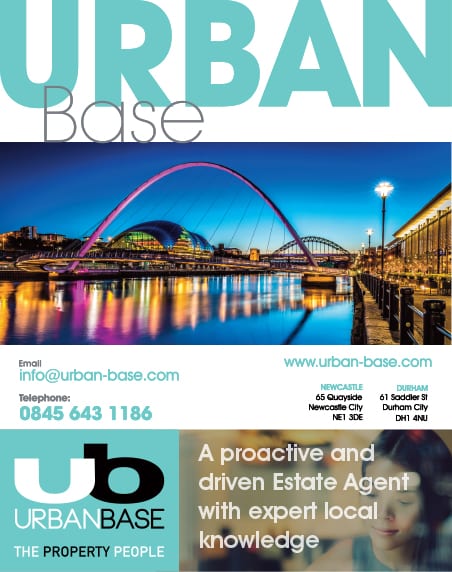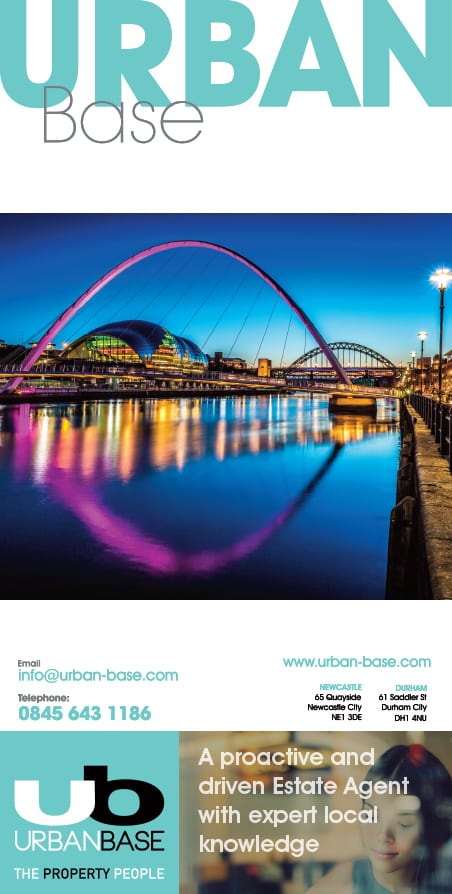I always try to write these articles with reference to current affairs that affect the North East, the country and wider issues. We can't escape the ever-increasing problem of energy use. This can be in terms of the costs, its wider political importance, its generation source or how to minimise its use.
Howarth Litchfield has always pursued a green agenda through its 40 years in business. During this period, we have seen our role gradually evolve in creating a revised sustainability strategy both for the practice and in terms of our ability to advise, guide and inform clients, contractors, and the wider community on the topic of developing buildings with a reduced carbon footprint.
I prefer to use the term sustainability strategy than carbon zero, as everyone seems to have a different definition of carbon zero – so adding to the confusion.
As architects we are in a unique and powerful position to influence future (and current) energy use. Sounds obvious doesn’t it – that as designers of buildings and creators of new structures we would naturally all be looking to change our ways.
It’s vital that all companies and especially those in the building industry lead by example in looking inwardly at their own business as well as guiding other businesses in their creation of new buildings.
We looked around at what standards and targets were being put forward; many were too easy to achieve or were better suited to the description of green washing (the facility to offset, so in fact not saving energy); while others were so ambitious, that when challenged, acknowledged that targets were not achievable.
At Howarth Litchfield we have written a plan, which is now in place with achievable targets and expenditure. For example, we have been investing in PV panels for the roof to reduce our electric consumption by a third. They will allow us to power electric cars with our existing car charging points at the office and the next step will be an alternative boiler powered by the panels.
In parallel, we have looked at the wellbeing and health of the office, increasing natural ventilation, natural light and how we can change the landscaping to the (already) lovely gardens at the office.
So how does each company, organisation and individuals look to create a sustainability agenda? My tip for all companies is:
Where are you now? You can’t reduce unless you know what you are using now, so calculate your usage for the building, production, business and travel.
Alternatives – What is available now to help carbon reduction and what are upcoming companies/technologies that could take you forward?
People – Can we change mindsets and how does that happen? Changing the mindset of energy use is key. Sustainability has to be easy and cost-effective. Finding your green champions within your business to support the green agenda is vital.
Legislation – What we can do as organisations to adapt and what support do we need from the government? Planning and building regulations are pushing forward higher standards but are they going far enough, and fast enough?
Remote working and sustainability – What will happen to buildings if we all work from home? If we all work from home does the energy use go up for a company (or individual) or is hybrid working the pattern of the future?
Value of being Green – If you don’t commit, will you be left behind in a competitive market? We can all say we are doing X and Y, but can you prove it against your competitors? We can at HL and believe this gives us an advantage in knowledge and guidance.
All of the above require thought, investment and a level of commitment. Don’t be cynical. Embrace the changes and you might just find your organisation takes a good fresh look at itself.


